Private lessons are the most effective method of instrumental music education. Unfortunately, many people cannot afford or access private lessons. That’s why Practicing Musician is affordable and accessible. Practicing Musician also simulates the private lesson process.
In fact, Practicing Musician more closely simulates the private lesson process than any other current teaching tool or self-regulated learning method. Current teaching tools and self-regulated learning methods include method books, instructional DVD’s, YouTube channels, e-learning tools, and subscription services; among others.
In order to understand how Practicing Musician more closely simulates the private instruction process, you must first understand the fundamental steps in every private lesson process. Private teachers guide their students to become inspired, learn, practice, receive and accept feedback, and take notes on their progress. Then the process repeats.
Removing any step from the process results in a less effective method of learning. For example, method books will never be as effective as private instruction because they do not provide auditory demonstrations of the written exercises and songs. Even method books with an accompanying CD are less effective because CDs cannot provide feedback. Feedback is an especially important step in the learning process for beginning musicians. And the visual explanation written in a method book is not as effective as a visual demonstration provided by a teacher.
Instructional DVDs, YouTube channels, and subscription services are more comprehensive than method books. These teaching tools and self-regulated learning methods provide a visual demonstration to accompany auditory demonstrations. Some even provide sheet music on screen or after a video ends to help the student learn to read music while watching and listening to the visual and auditory demonstrations. But as with the method books, these cannot provide feedback.
Learning via YouTube and subscription services present largely the same problems as instructional DVDs. The content available can be certainly be greater
Designing our service to simulate the private instruction Every K-12 music director who has their students use Practicing Musician reports narrowed achievement gaps between students who can afford a private teacher and students who cannot.
Our service can be divided into 8 distinct categories of teaching tools: interviews, performances, videos lessons, practices, songs, assessments, an achievements showcase, and community forums. We will also briefly discuss the student’s dashboard.
Interviews and performances with our teachers are distinct categories with the same intention. Both provide insight, inspire and motivate, and develop curiosity and discipline within our students; among many other benefits. This is of utmost importance because the number of students in K-12 music programs almost always prevents sufficient, ongoing question and answer sessions between music directors and their students on an individual student basis.
Students with a free account are able to watch interviews with, or performances by, every single Practicing Musician teacher and reap the resulting benefits at any time. Students with Full Access accounts can watch a greater number of interviews and performances.
Video lessons allow students to listen to our instructor’s explanation about a theory concept, etude or song preparation, and accompanying etude or song demonstration when applicable. They also provide visual information such as superimposed graphics or animations of each theory concept, superimposed sheet music while an exercise or song is demonstrated, and close-ups of our instructor’s technique while playing the exercise or song.
Students with free accounts can also begin learning about their instrument. In fact, every Practicing Musician teacher begins their lesson plan by providing detailed suggestions about acquiring equipment. Please note, neither Practicing Musician nor our instructors receive payment from any manufacturers for endorsing their products on our site. All suggestions and seeming endorsements are purely each of our teacher’s preferences.
Students with free accounts can also watch detailed lessons about the parts of their instrument, putting together and taking apart their instrument, maintaining and cleaning their instrument, proper safety protocols when putting their instrument back in its case, proper posture, how to hold their instrument, embouchure/bow hold/stick and mallet hold, how to take a breath, articulation, and other fundamental concepts that are absolutely necessary to learn before music theory and how to actually play music.
Students with Full Access accounts are able to learn music theory and how to actually play music. Music theory is reduced to the most fundamental building blocks. Each lesson is a singular concept, etude, or song, then students practice the concept immediately afterwards.
To ensure maximum information retention, most video lessons are between 30 seconds and 3 minutes. It also means that music directors can assign their students a manageable amount of homework because learning and practicing multiple concepts will still only require 10-15 minutes of a students time. You can read more about the methodologies we employ to make the information in each lesson accessible for every single student by clicking here.








Leave A Comment
You must be logged in to post a comment.